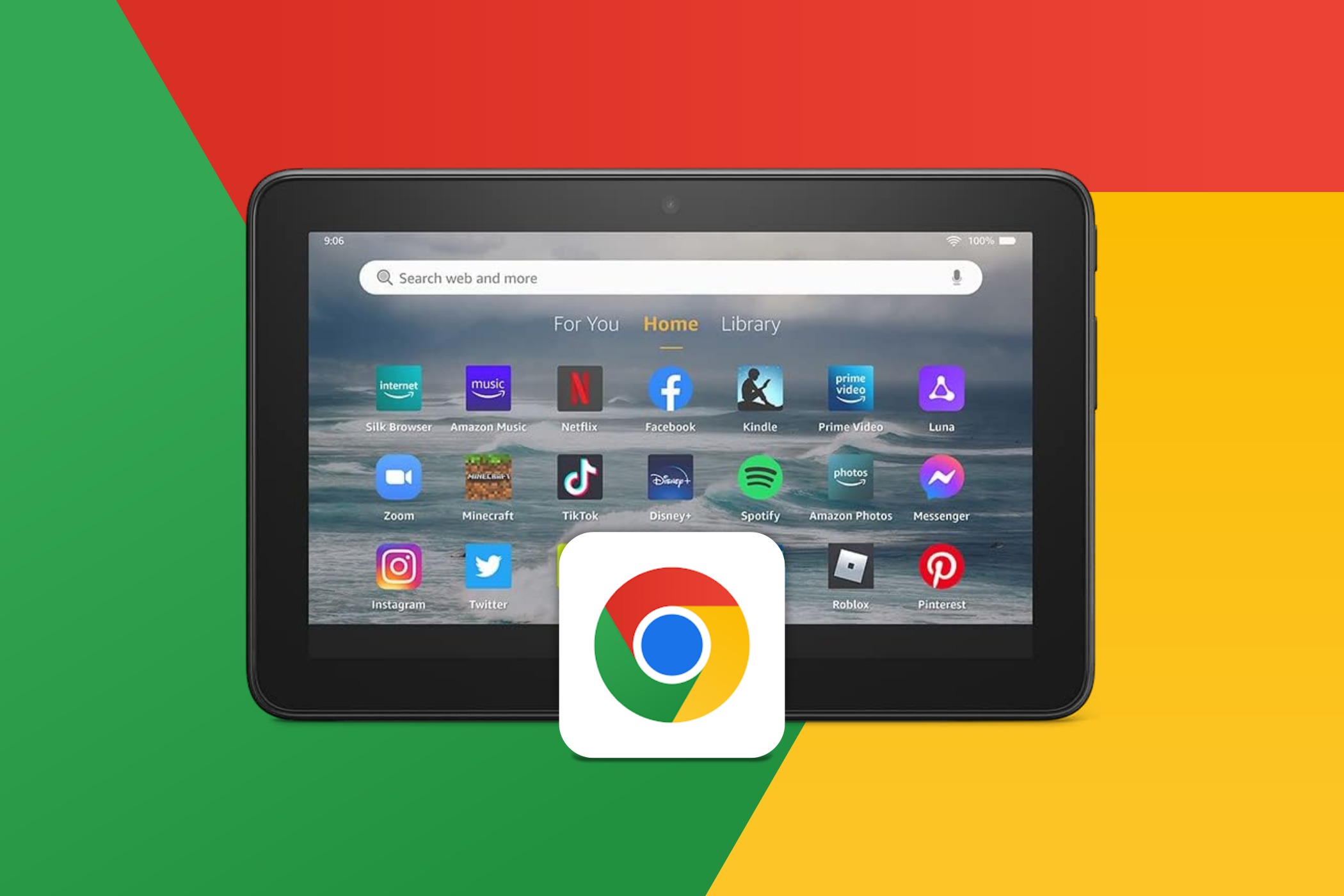
Overview of Adding Chrome Icon to Android Tablet
Adding a Chrome icon to your Android tablet desktop can streamline your browsing experience. Here’s a brief overview of the process:
- Requirements: Ensure your Android tablet runs on a compatible OS, preferably Android 11 or later.
- Compatibility: Verify your device supports the outlined steps.
- Method: Two primary methods exist:
- Using the Google Play Store: Download and install Chrome from the Google Play Store, then add it to your home screen.
- Using a File Manager: If Chrome is already installed, create a shortcut using a file manager.
Step-by-Step Guide to Adding Chrome Icon
Method 1: Using the Google Play Store
-
Open Google Play Store:
- Tap the Google Play Store icon on your home screen or find it in your app drawer.
- If necessary, search for “Google Play Store” using the search bar.
-
Search for Chrome:
- Type “Chrome” in the search bar at the top.
- Tap the search icon to initiate the search.
-
Select Chrome App:
- From the search results, select “Google Chrome.”
- Ensure you choose the official Google Chrome app.
-
Install Chrome App:
- Tap the “Install” button to download and install Chrome.
- Wait for the installation to complete.
-
Open Chrome App:
- Once installed, tap “Open” to launch Chrome.
- Alternatively, find Chrome in your app drawer and open it.
-
Add Chrome Icon to Home Screen:
- After opening Chrome, you will see a prompt asking if you want to add it to your home screen.
- Tap “Add to Home screen” to create a shortcut.
-
Customize Home Screen Icon (Optional):
- If prompted, customize the name of the shortcut or choose an icon.
- For example, rename it from “Google Chrome” to “Chrome.”
-
Move Shortcut to Desired Location:
- The shortcut will be placed on your home screen by default. Drag and drop it to your preferred location.
Method 2: Using a File Manager
If Chrome is already installed but you want to add it as a shortcut, use a file manager app like ES File Explorer or Solid Explorer.
-
Open File Manager App:
- Open your preferred file manager app from the app drawer or home screen.
-
Navigate to Installed Apps Folder:
- In the file manager app, navigate to the “/data/app” directory where installed apps are stored.
- You might need to grant root access or use an advanced file manager.
-
Locate Chrome App Package:
- Look for the package name of Google Chrome, usually “com.android.chrome.”
- Once located, select it and look for an “app” folder within that package.
-
Copy Chrome App Icon:
- Inside the “app” folder, find an icon file named “icon.png” or “ic_launcher.png.”
- Copy this icon file using the copy function provided by your file manager app.
-
Create Shortcut:
- Go back to your home screen and long press on an empty area until you see a prompt asking if you want to create a new shortcut.
- Tap “Shortcut” and then select “Browse” to find the copied icon file.
-
Select Icon File:
- Navigate through your device’s storage until you find the copied icon file.
- Select it and then tap “Create” or “Add” to create a new shortcut.
-
Move Shortcut to Desired Location:
- The newly created shortcut will be placed on your home screen by default. Drag and drop it to your preferred location.
Additional Tips and Tricks
Customizing Home Screen Layout
Once the Chrome icon is added to your home screen, customize the layout by rearranging icons, creating folders, or adding widgets.
-
Rearrange Icons:
- Long press on an icon until it becomes movable.
- Drag and drop the icon to its new location.
-
Create Folders:
- Long press on an empty area of the home screen until you see a prompt asking if you want to create a new folder.
- Tap “Create folder” and name it as desired.
-
Add Widgets:
- Long press on an empty area of the home screen until you see a prompt asking if you want to add a widget.
- Select “Widgets” and choose from various available widgets like clock, calendar, or weather updates.
Managing Installed Apps
Efficiently managing installed apps helps maintain a clutter-free home screen and ensures frequently used apps are easily accessible.
-
Uninstall Unused Apps:
- Go to Settings > Apps > All Apps > Select App > Uninstall.
-
Move Apps to SD Card (If Available):
- If your device supports moving apps to an SD card, go to Settings > Apps > All Apps > Select App > Move to SD Card.
-
Clear Cache & Data:
- To clear cache and data of an app, go to Settings > Apps > All Apps > Select App > Storage > Clear Cache & Data.
By following these steps and tips, you can effectively manage your home screen by adding essential apps like Chrome while keeping it organized and clutter-free.
